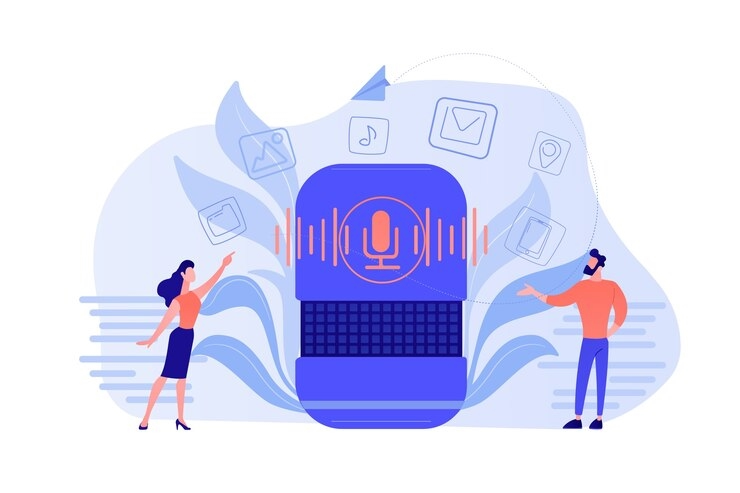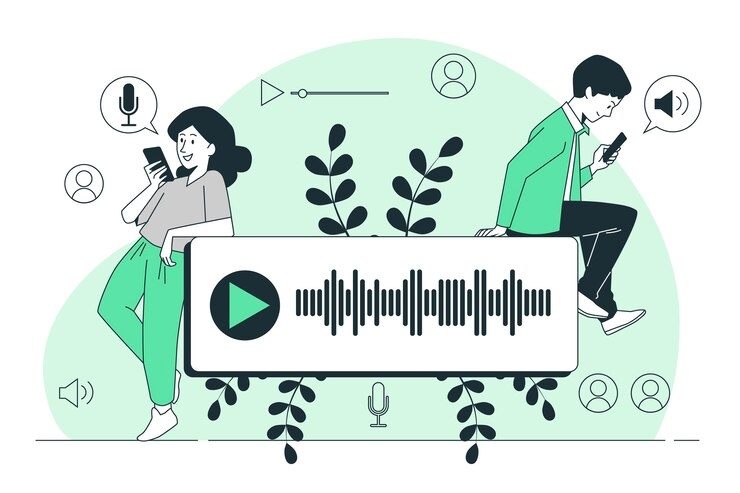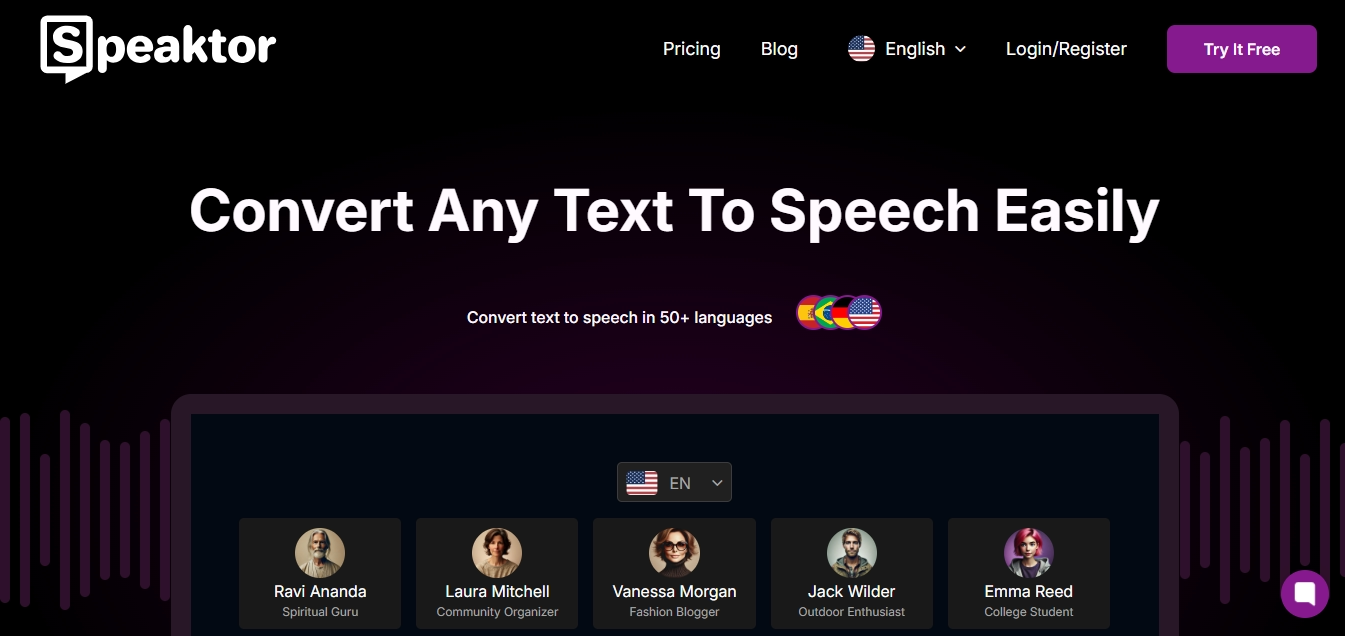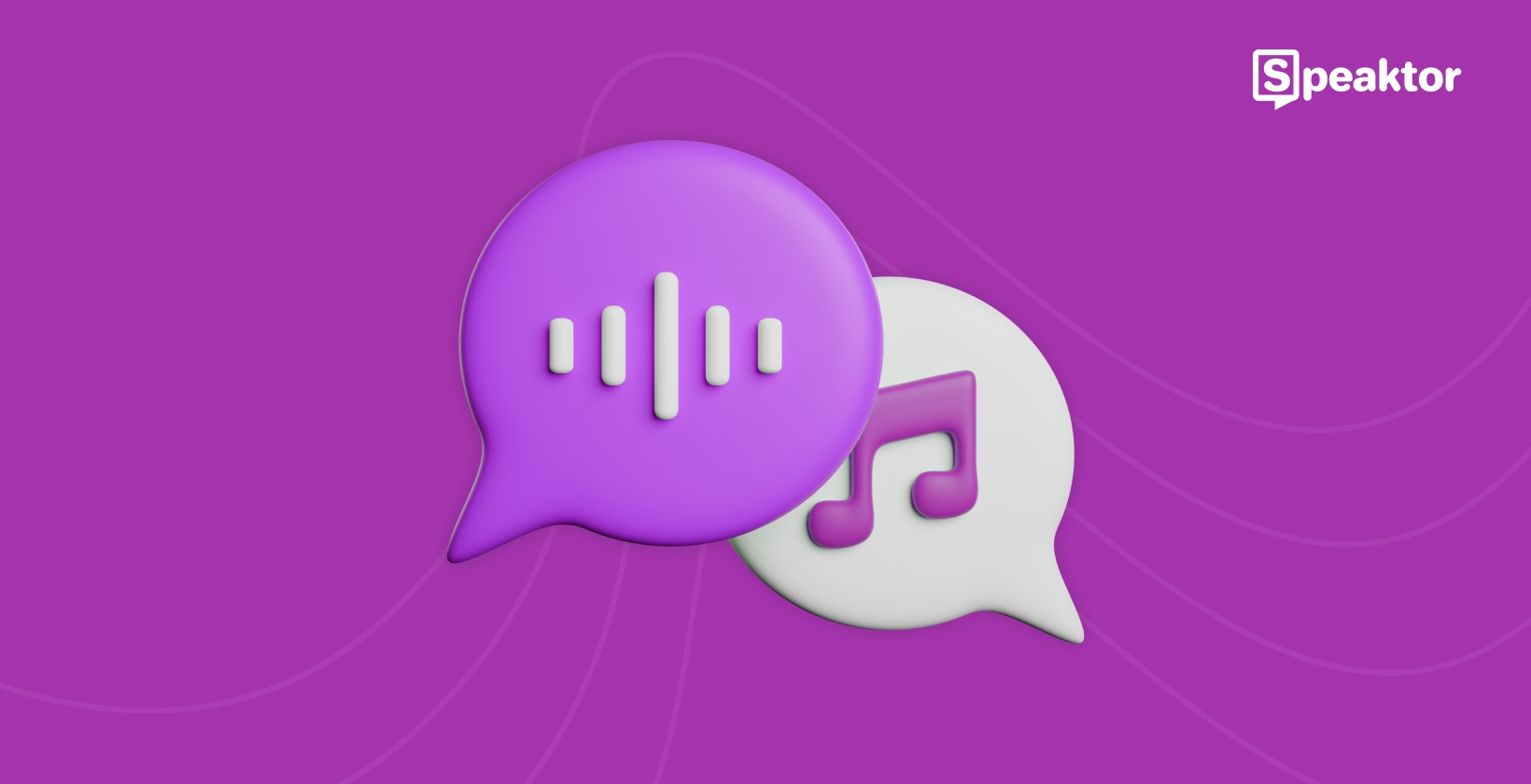Various types of voices, with different tones and styles, create a long-lasting impact on the audience. There are different types of voices with different tones and styles. AI-generated voice types suit business owners, developers, and more. There are reliable tools like Speaktor that create realistic voiceovers for audience impact.
In this guide, you will learn why voice types matter in audio content. Along with the definition of various voice types, explore their categories. Learn why voice tones and audience engagement matter. Discover multilingual tools like Speaktor, which enable exploring vocal styles. Learn how these voice types influence the audience.

Why Voice Types Matter in Audio Content
Voice, tone, and style define your sound and perception. They might sound the same, but they are not. Your organization's voice is a consistent brand personality. It depicts how you communicate.
Defining Voice Types by Tone and Style
The tone is the attitude you convey depending on the topic or situation. Your speaking tone (authoritative, friendly, energetic) leaves an impression on your visitors. An authoritative tone includes formal language that reflects professionalism, experience, and persuasive thought leadership.
A friendly tone implements informal language with a more natural and familiar approach. At the same time, an energetic tone has personality, enthusiasm, and willingness. Style can be friendly or formal. Style guidelines ensure you present a consistent brand experience using defined choices.
Make sure you use tone and style consistently. These elements make a difference in audience engagement. They help you connect with your audiences by making you stand out from your competitors. With a defined voice type and style, you build trust through shared values. These elements are crucial for delivering relevant messages that convey your understanding of their needs.
The Role of Voice Types in Audience Engagement
Your voice is a powerful tool that captures attention with its unique tone, style, and personality blend. A distinct voice makes your message memorable and gives your readers a personal touch, which helps build trust and rapport.
The tone of your business or communication sets the mood for your audience. It can alter the emotional response to your content, whether formal or friendly. A warm tone can simplify complex information, while a funny or friendly tone can make dull topics interesting.
Consistency in voice is the key to establishing a brand identity. It helps build a familiar and comfortable experience for the audience. An easy-to-recognize element should bind your content together in a consistent voice. Ultimately, this reassures your audience that they can rely on you for quality and information.

Categories of Voice Types and Practical Applications
Various categories of voices are suitable for specific applications. Each style requires a unique approach and mastery techniques. It is essential to understand the variations and characteristics of each style. Here are some categories of voice types with text-to-speech voice examples:
- Deep, Authoritative Voices: They are the best for corporate training, presentations, and materials.
- Warm, Friendly Voices: They are essential for one-on-one conversations and the exchange of information. They intend to create a positive experience for callers.
- Energetic and Expressive Voices: Commonly used in commercials, advertisements, and marketing videos.
- Neutral and Versatile Voices: It is suitable for educational materials such as audiobooks and documentaries.
Deep, Authoritative Voices
A deep, authoritative voice is best for corporate training, news, or formal presentations. It builds credibility and conveys professionalism. An authoritative style is characterized by a calm and confident approach and delivery.
It aims to establish credibility among the audience and is all about giving straightforward information. You can show off what is good about a product with a deep voice. In translations, you should use regular or proper words with formal voices. This ensures that things look professional and keeps the interest of business folks.
Warm, Friendly Voices
Warm and friendly voices are ideal for customer service, tutorials, and casual podcasts. It creates connection and trust among the audience. With this voice category, the audience feels like they are having a friendly conversation. It also ensures flexibility in adapting to different target audiences and demographics.
Generally, a warm and friendly tone is essential for phone systems and providing information. This friendly tone creates a positive experience for callers. When you speak clearly, callers can understand and navigate the conversation. The tone of the voice-over should also match the values and image of a brand.
Energetic and Expressive Voices
Energetic and expressive voices are best for storytelling, entertainment, and education. They capture attention and keep audiences engaged. This style is also used in commercials, advertisements, and marketing videos to persuade the audience. It is mainly designed to create a sense of urgency.
A persuasive tone inspires viewers to take immediate action, such as subscribing to a service or attending an event. This style also includes catchy jingles or upbeat music to enhance its impact. In animations, video games, and audiobooks, actors use energetic and expressive voices for fictional characters. This adds rightfulness and credibility to the characters, making them more relatable and memorable to the audience.
An expressive voice helps bring the story to life and allows creative exploration. As a voice actor, you can experiment with different accents, tones, and emotions to truly capture the essence of the character.
Neutral and Versatile Voices
A neutral and versatile voice is suitable for e-learning and explainer videos. It maintains clarity and broad audience appeal. This type is often used in documentaries, audiobooks, and educational content. According to a report by Global News Wire, The AI Voice Generator Market will increase to USD 20.4 billion by 2030.
AI voices guide the audience through the content. The primary purpose of these types of voices is to provide concise and engaging complex information. For example, in a documentary, a narrative voiceover could explain the advancements made by people or any community. Neutral voices are clear and informative and provide a sense of authority.

How Speaktor’s Voice Library Supports Diverse Needs
Speaktor is an AI voice generator with a voice library that supports diverse needs. It has a plethora of voices in multiple accents. Speaktor can generate a voiceover in a suitable tone and style, irrespective of your profession.
Range of Voice Options Available
Speaktor has a range of voice options available across multiple tones and styles. Some voice options include spiritual guru, tech blogger, business owner, activist, etc. A survey by Statista found that 35 percent of respondents could not tell whether AI generates a particular voiceover.
With Speaktor, you can create voiceovers for your video projects with multiple speakers. You can also read books and documents aloud to multitask efficiently. Speaktor enables voice generation in easy steps. You only need to upload your text, select a voice, and download the generated voice. It helps you stay productive, accessible, and efficient.
Whether you are a student, professional, or content creator, Speaktor is for all. This AI voice generator provides clear, natural-sounding voices to simplify daily activities.
Customization Features for Specific Content Goals
Speaktor allows users to adjust tone, pitch, and speed to match content needs. You can expand your audience and make your content accessible to users with visual impairments or learning disabilities. As a personal lecturer, Speaktor turns written content into professional-quality audio content you can listen to. It can create digital content for everyone and benefit the audience.
Depending on your needs, you can customize the voice speed, tone, and pitch. According to research by Doodle Learning, just over half (54%) believe AI could positively impact their children's education.
As an educator, you can enhance educational materials with a neutral voice. You can quickly implement high-quality voice generation into your apps and software projects. Speaktor supports visually impaired users by providing voice content in various languages.
Conclusion
There are many types of voices suitable for different needs. Depending on the purpose, you can keep the tone friendly or energetic. Speaktor offers various AI-generated voice types in over 50 languages. The extensive language support of Speaktor helps you eliminate the language barrier. This way, you can create realistic AI speech in any language you want. Whether you are a creator or a developer, Speaktor has voices in various tones and accents. While exploring vocal styles, you can create an impact and enhance audience engagement.


